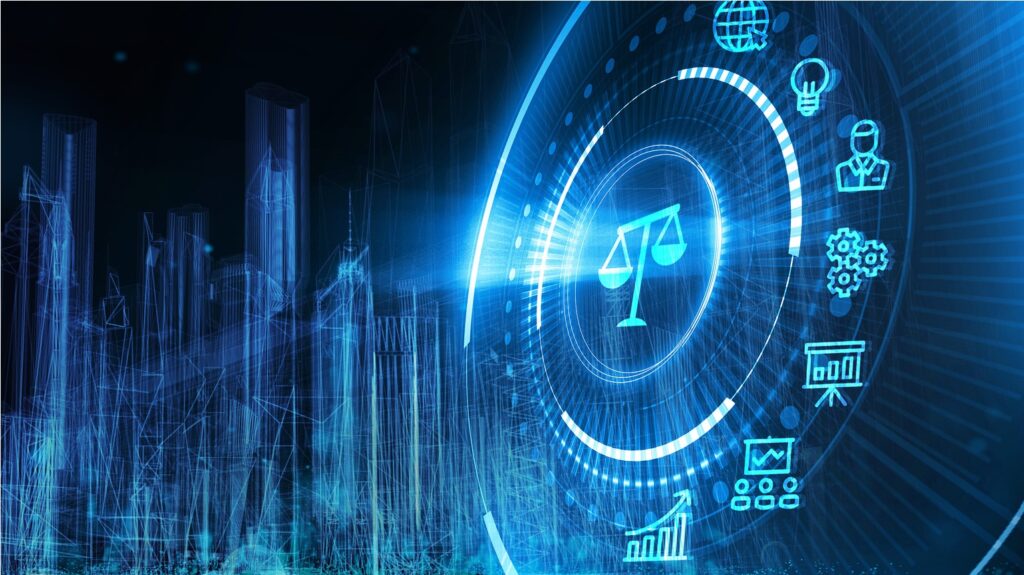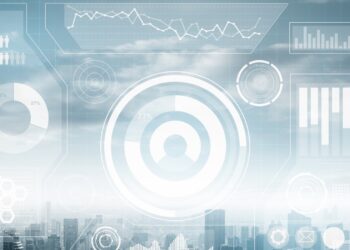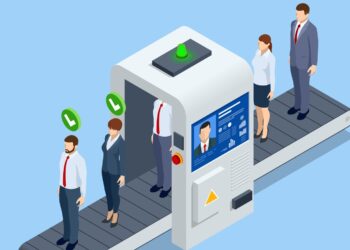The COVID-19 pandemic changed everything. And, 22 months later, the legal implications of these changes remain largely unknown. Across the United States, the number of coronavirus-related complaints filed in federal and state courts continues to rise. These legal actions are complex. They’re testing contemporary legal understandings of negligence, causation, and liability, terms that had initially been defined and adjudicated in contexts of relative normality. As Barb Dawson, chair of the Litigation Section of the American Bar Association, explains, “[w]e’re seeing a collision of old laws and frameworks for justice that will be colliding with all new facts.”
While nobody is certain how judges will handle the COVID-19 cases that appear before their benches, it’s important to remember the level of uncertainty that has always existed within the legal system. It can be easy to overlook these uncertainties. After all, the legal system here in the United States relies on legal precedents, a situation which suggests that the outcome of any single case should be fairly predictable. According to Gail Gottehrer, an emerging technologies attorney based in New York City, “[i]f your case is similar and has similar facts to another case, the results shouldn’t be too surprising.”
The problem, however, is that the results often are surprising. Judges aren’t computers. They are people, filled with their own beliefs and their own experiences, both of which shape how they interpret laws, apply facts, and consider arguments. With that said, lawyers can’t simply feed competing arguments into the bench and expect predictable outcomes. Something else is needed, a tool that can help attorneys navigate through the uncertain, uncharted waters of a lawsuit. By harnessing the power of state trial court data, judicial analytics is poised to fill this gap, helping attorneys grapple with the twists and turns of the litigation landscape in our unprecedented times
A Brief Introduction
Artificial intelligence (AI) has brought a new level of transparency to the legal profession. Judicial analytics, a form of practical legal research powered by artificial intelligence, is a complex process, one that involves data mining, machine learning, and predictive modeling. When combined, these techniques enable attorneys to sort through previously unimaginable quantities of state trial court records in a matter of seconds.
Judicial analytics take all of the content that goes into civil litigation—the petitions, the motions, the rulings—and use natural language processing and machine learning technology to render state trial court records searchable. Through this process, judicial analytics platforms can synthesize millions of unique data-points, uncovering the patterns and trends that hide inside state trial court documents.
Once uncovered, users can begin to see things that nobody else can see. They can see the tendencies of their assigned judges, judicial proclivities illustrated in simple charts and graphs. In a single glance, a user can know with whom their judge tends to side in different types of motions and matters. No magic crystal ball needed.
Same Case, Different Outcome in New York
Of the thousands of legal complaints engendered by the COVID-19 pandemic, disputes between landlords and commercial tenants rank as one of the most common in New York. Across the board, these cases, which center on failure to pay rent as well as rent abatement and lease termination issues, have been propelled by many of the same legal principles. Yet, surprisingly, their outcomes appear to depend more on the assigned judge than any clear legal precedent.
Consider the following examples. In 35 East 75th Street Corp. v. Christian Louboutin LLC, the tenant, who admitted to its failure to pay rent, argued that the doctrine of impossibility of performance as well as the doctrine of frustration of purposes should absolve it of its obligations under the lease. The Hon. Arlene P. Bluth of the New York County Supreme Court disagreed, granting the plaintiff’s motion for summary judgment on its claim for unpaid rent. However, in an almost identical case (International Plaza Associates LP v. Amorepacific U.S. Inc.), the Hon. Carol R. Feinman of the New York County Supreme Court gave the doctrines of impossibility of performance and frustration of purpose more wiggle room in a commercial tenant’s defense, refusing to grant the landlord’s motion for summary judgment. According to Judge Feinman, the tenant “had the right to develop the factual record to demonstrate its expectations under the lease.”
Two nearly-identical cases meet vastly different outcomes. The only difference? The judge. While judicial analytics may not have been able to predict these rulings, it could have anticipated them. Before entering the arena, it might have been helpful to know that Judge Bluth has granted only 29.57 percent of the motions that have appeared before her bench, more than half of those in support of plaintiffs. It might also have been helpful to know that many of those motions granted were motions for summary judgment. Over the course of her judicial career, Judge Bluth has granted 88 percent of such motions, a figure that places her ten percentage points above the average for New York. We can quickly see that Judge Bluth isn’t afraid to make swift decisions on claims without a trial.
A Grand Bargain in California
On the other side of the country, another legal issue is testing the capabilities of judicial analytics in new ways. “It’s absolutely not surprising that California employers continue to face the greatest number of COVID-related workplace lawsuits,” explains Ariella Kupetz, a litigation attorney in Los Angeles. While liability shield laws have discouraged some plaintiffs from filing lawsuits, they have remained largely redundant for many pandemic-related employer-employee disputes. “In cases where you have employees who got sick on the job,” explains Torsten Kracht, an attorney at Hunton Andrews Kurth, “their recourse is really through workers’ comp[ensation] claims.”
More than a century ago, employers and employees struck a grand bargain. This agreement sits at the center of workers’ compensation claims, allowing employees to quickly recover losses for workplace injuries under a strict liability standard while protecting employers from individual lawsuits. Because of this grand bargain, many employers have felt protected from any tort liability for COVID-19 in the workplace, assuming such lawsuits would be barred by the exclusive remedy negotiated in the workers’ compensation system. But on December 30, 2020, the ground began to shift.
Last year, an employee filed a lawsuit against See’s Candies in the Los Angeles County Superior Court, alleging that the company’s failure to enforce proper social distancing measures in its packing line rendered it liable for the death of an employee’s husband, who passed away as a result of a coronavirus infection. In a ruling that has gripped headlines, the Hon. Daniel M. Crowley refused to toss the employee’s lawsuit as a workers’ compensation claim, declaring that the husband’s death was a separate event from the employee’s workplace infection. While seemingly innocuous, this ruling has the potential to subject employers to unlimited tort liability for workplace injuries.
What can an attorney do when met with an unexpected turn of events like this? This ruling places an otherwise run-of-the mill workers’ compensation claim on the path of tort liability, a realm in which Judge Crowley is deeply familiar. The attorneys involved must quickly revise their litigation strategies, a revision that can be made seamless with judicial analytics. For example, in this particular case, it takes seconds to learn that Judge Crowley has presided over approximately 300 tort cases throughout his judicial career. This information is critical when drafting potential oral arguments, helping an attorney determine the extent to which they should focus on the particular nuances of the law or the specific facts of their case.
Judicial Analytics and the New Normal
The coronavirus pandemic unleashed new uncertainties into our lives. Judicial analytics may never be able to tell us with any degree of statistical certainty how a particular judge will rule in any particular case. There may always be too many contingencies, too many variables to take into account. It can, however, help an attorney begin to form a deep understanding of their judge’s patterns and tendencies. This, as we have seen, is critical. In many situations, knowing your judge and their predilections is just as—if not more—important as knowing your case law. With judicial analytics, attorneys can now craft their arguments with particular judges in mind, building each case with insights into how they think. The uses of judicial analytics are endless. How will you use it?










